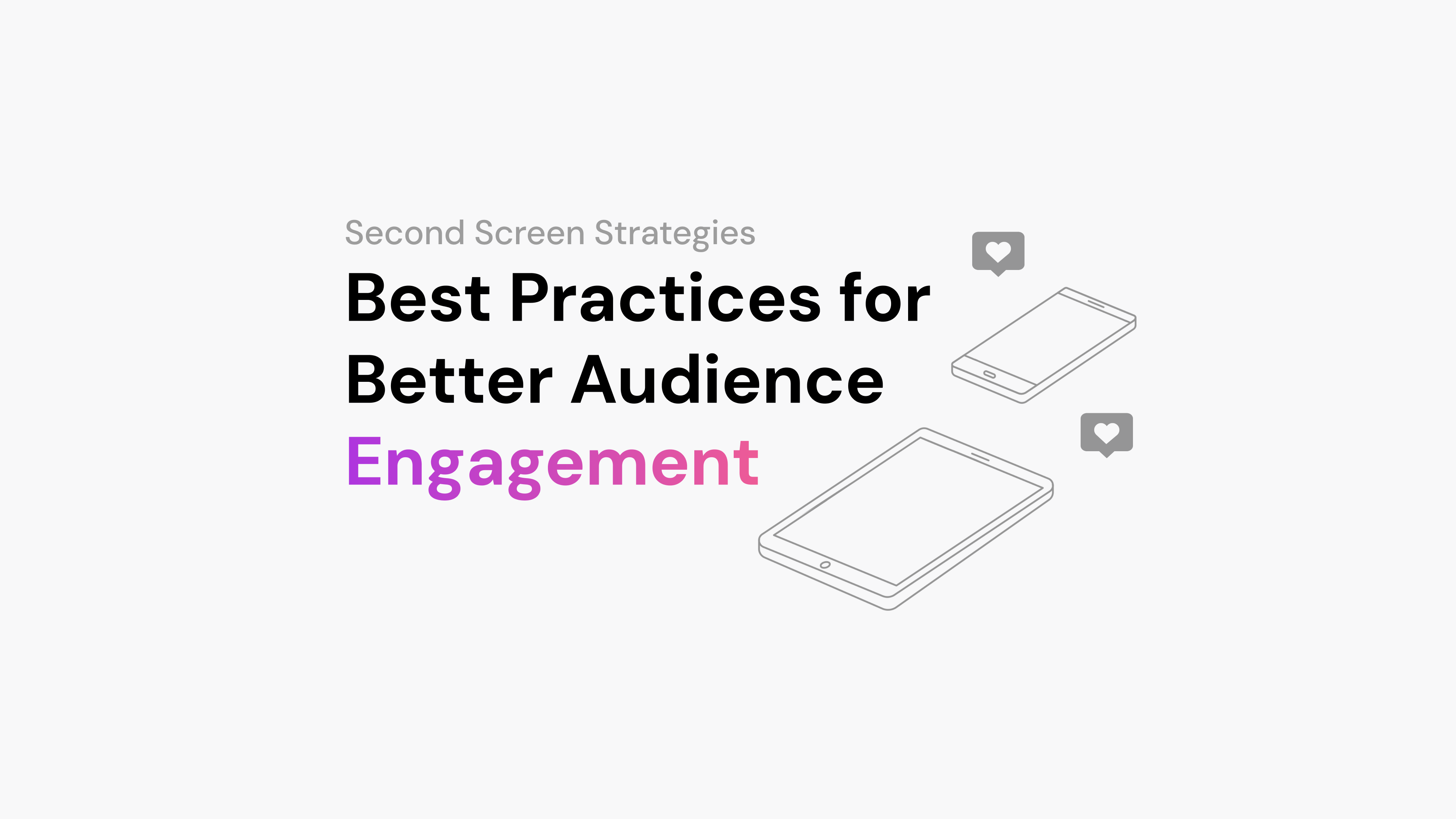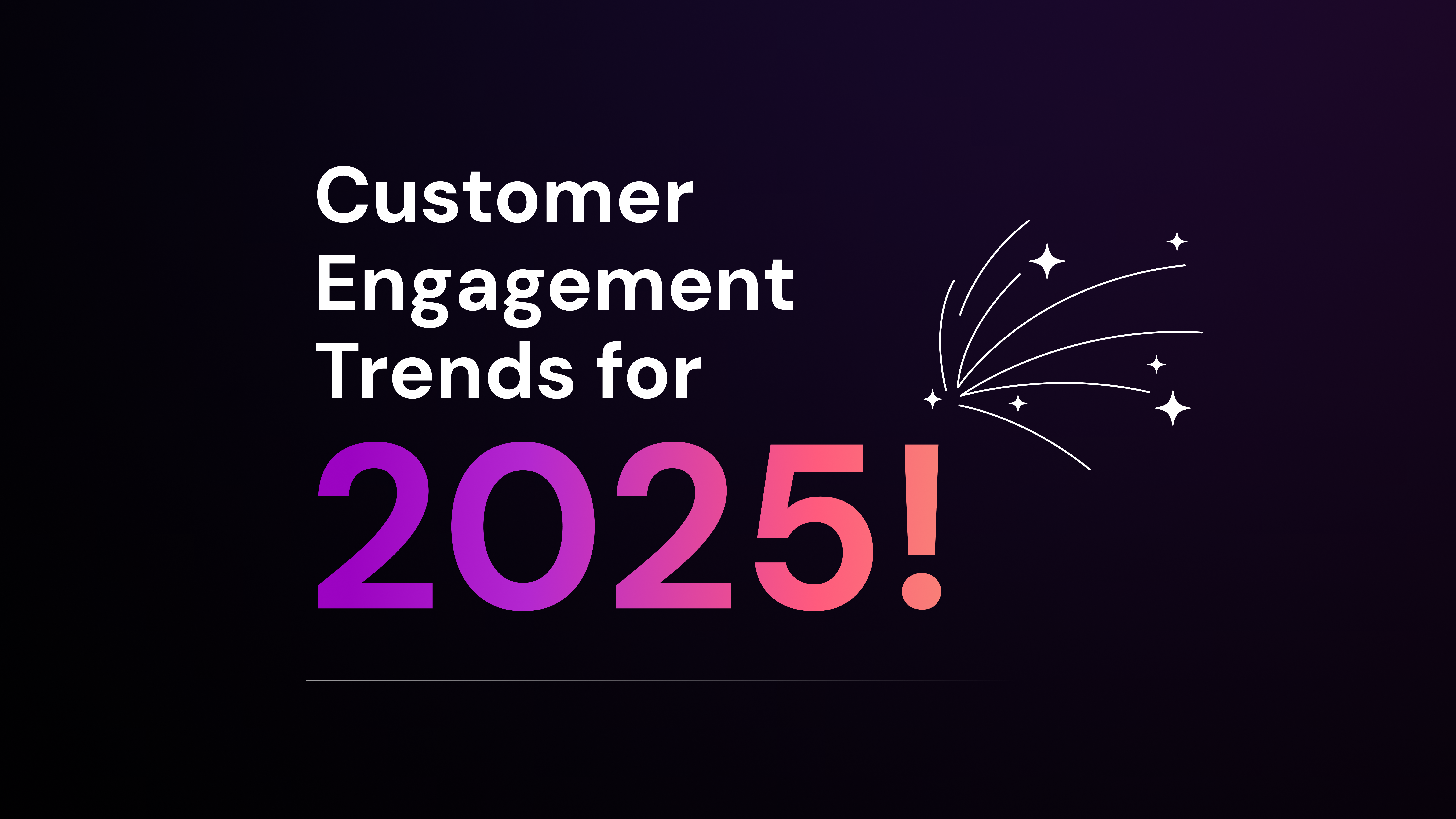Push notifications can be a game-changer for engaging with your audience. They serve as direct lines of communication, delivering timely and relevant information right to your users’ devices. However, not all push notifications are created equal.
Understanding the different types of messages can help you craft effective push notifications that resonate with your audience. Let’s break down the main categories you should consider.
Types of Push Notifications
Transactional push notifications
Provide users with information about specific actions they have taken. These notifications include order confirmations, shipping updates, and payment receipts. For example, when you make a purchase online, you might receive a push notification confirming your order and providing delivery details. These notifications are direct, timely, and highly relevant, making them an effective way to keep users informed about their transactions.
Promotional push notifications
Aim to drive sales and increase user engagement by offering special deals, discounts, or limited-time offers. These notifications can highlight new products, seasonal sales, or exclusive promotions. For instance, you might receive a push notification from a retail app offering a 20% discount on your next purchase. These messages create a sense of urgency and encourage users to take immediate action, boosting conversion rates.
Informational push notifications
Keep users updated with relevant news, updates, or content. These notifications can include breaking news alerts, weather updates, or new blog posts. For example, a news app might send a push notification about a major event happening in real time. These notifications help keep users informed and engaged with your app or website, providing valuable information that they might otherwise miss.
Geolocation-based push notifications
Use the user’s location to deliver relevant messages. These notifications can include local event updates, nearby store promotions, or location-specific alerts. For instance, a restaurant app might send a push notification offering a discount to users who are within a certain radius of the restaurant. By leveraging the user’s location, these notifications provide highly personalized and timely information, enhancing the user experience.
Benefits of Push Notifications
You might be wondering why you should invest time and resources into push notifications. Well, here’s why they’re worth it.
Effective push notifications grab attention instantly. They appear directly on users’ screens, making them hard to ignore. This immediacy encourages users to interact with your app or website more frequently. For example, a fitness app might send daily workout reminders, prompting users to open the app and complete their exercises. This consistent interaction keeps users engaged and increases app usage over time. For more insights, check out the importance of customer engagement.
Push notifications can significantly boost conversion rates by nudging users towards completing desired actions. Whether it’s making a purchase, signing up for a newsletter, or taking advantage of a limited-time offer, these notifications serve as timely reminders. For instance, an e-commerce app might send a push notification about an abandoned cart, encouraging users to complete their purchases. This direct approach often leads to higher conversion rates compared to other marketing channels. Learn more about the benefits of push notifications.
Regular, relevant push notifications help build a stronger relationship with your audience. When users receive valuable content, personalized offers, or timely updates, they feel more connected to your brand. For example, a music streaming app might notify users about new releases from their favorite artists. This level of personalization fosters a sense of loyalty, making users more likely to stick with your app or service over competitors. Discover how real-time audience engagement can enhance your strategy.
Effective push notifications can help drive traffic back to your app or website. They serve as direct links, guiding users to specific content or features. For example, a news app might send a push notification about a breaking story, leading users to read the full article on the app. This not only increases traffic but also enhances user engagement with your content.
How to Create Effective Push Notifications
Let’s face it: not all push notifications are created equal. Here’s how to make yours stand out.
When crafting push notifications, clarity and brevity are your best friends. Users often glance at notifications quickly, so you need to get your message across in as few words as possible. Aim for around 10 words. For example, instead of saying, “We are excited to announce that our new product line is now available for purchase,” you could say, “New products available now!” This approach ensures that your message is understood immediately, increasing the likelihood of user engagement.
Personalization goes beyond just using the user’s name. Tailor your notifications based on user behavior, preferences, and past interactions. If a user frequently buys sports gear, notify them about a sale on athletic wear. Personalization makes users feel valued and understood, which can significantly boost engagement rates. For instance, “John, your favorite sneakers are 20% off today!” speaks directly to the user’s interests and increases the chances of a click-through. Leverage first-party data strategies to enhance personalization.
Action-oriented language prompts users to take immediate steps. Use verbs that encourage action, such as “buy,” “explore,” “discover,” or “join.” For example, instead of saying, “We have a new blog post,” you could say, “Read our latest blog post now!” This type of language creates a sense of urgency and directs users on what to do next, making your notifications more effective.
Timing can make or break the effectiveness of your push notifications. Send notifications when users are most likely to engage. For instance, a food delivery app might send push notifications around meal times. Avoid sending too many notifications in a short period, as this can lead to user annoyance and increased opt-out rates. Use analytics to determine the best times to send notifications and adjust your strategy accordingly.
Not all users are the same, so your notifications shouldn’t be either. Segment your audience based on various criteria such as demographics, behavior, and preferences. For example, a fitness app might segment users into beginners, intermediates, and advanced levels, sending tailored workout tips to each group. Segmentation allows you to deliver more relevant content, increasing the likelihood of user engagement and satisfaction. Learn more about push notification segmentation.
A/B testing helps you understand what works best for your audience. Create two versions of a notification with slight variations in text, timing, or design, and send them to different user segments. Analyze the results to see which version performs better. For example, test different call-to-action phrases like “Shop Now” versus “Get Yours Today” to see which one drives more clicks. Continuous testing and optimization can significantly improve the effectiveness of your push notifications.
Best Practices to Create Effective Push Notifications
Crafting the perfect push notification isn’t just about what you say, but how you say it.
When sending push notifications, always focus on delivering value. Users should feel that the information you provide is beneficial. Whether it’s a timely update, a special offer, or useful tips, the content should be relevant and helpful. For instance, a fitness app might send workout reminders or nutrition tips that align with the user’s goals. Providing value ensures that users look forward to your notifications and engage with your app more frequently.
Respecting user preferences is key to maintaining a positive relationship with your audience. Allow users to customize their notification settings, choosing what types of messages they want to receive and how often. This can be done through a simple settings page within your app. For example, a news app might let users select specific topics they are interested in, such as sports or politics. By honoring these preferences, you reduce the risk of annoying users and increase the likelihood of them staying subscribed to your notifications.
Brevity is crucial in push notifications. Users often glance at their notifications quickly, so your message needs to be clear and concise. Aim for around 10 words or less. This ensures that your message is easily digestible and gets straight to the point. For example, instead of saying, “We are excited to announce that our new product line is now available for purchase,” you could say, “New products available now!” Keeping it short and sweet increases the chances of your notification being read and acted upon.
Emojis can add a touch of personality and make your notifications more engaging. However, use them sparingly and strategically. Emojis should enhance the message, not overwhelm it. For instance, a food delivery app might use a pizza emoji to highlight a special pizza deal. Emojis can help convey emotion and context quickly, making your notifications more visually appealing and easier to understand. Just ensure that the emojis you choose are relevant and appropriate for the message you are sending. Stay updated with the latest customer engagement trends to keep your notifications fresh and relevant.
Creative Push Notification Examples
Alright, let’s talk about real-world inspiration. Here are some examples to get your creative juices flowing.
Personalized product recommendations can significantly enhance user experience. Imagine a user browsing through a fashion app. Later, they receive a push notification saying, “Hey Alex, new arrivals in your favorite brand are here! Check them out now.” This type of notification leverages user data to offer tailored suggestions, making the message feel more relevant and increasing the likelihood of a click-through.
Timely news updates keep users informed and engaged. For instance, a news app might send a push notification like, “Breaking News: Major earthquake hits California. Tap to read more.” This immediate update ensures that users are always in the loop, driving them to open the app and read the full story. Timeliness is key here, as users expect to receive important news as it happens.
Location-based offers use geolocation data to provide relevant deals and promotions. For example, a retail app could send a notification such as, “Welcome to downtown! Enjoy 15% off at our nearby store. Show this message at checkout.” This type of notification not only provides value but also encourages users to visit physical locations, blending online and offline experiences seamlessly.
Engaging quizzes or polls can make your push notifications interactive and fun. These are proven tactics to grow engagement for more creative ideas. A fitness app might send a push notification like, “How fit are you? Take our quick quiz to find out!” or “Vote for your favorite workout routine and see what others prefer.” These notifications invite users to participate, making the interaction more engaging and enjoyable. They also provide valuable insights into user preferences and behaviors.
How to Measure the Success of Your Push Notifications
So, you’ve sent out your push notifications. Now what? Measuring success is just as crucial.
Open rates indicate how many users opened your push notifications. This metric helps you understand the initial engagement level. To track open rates, use analytics tools that provide detailed reports on how many users interacted with your notifications. High open rates suggest that your message was compelling enough to grab attention. Low open rates might indicate that your notifications need better timing, more engaging content, or improved targeting.
Conversion rates measure how many users completed a desired action after opening a push notification. This could be making a purchase, signing up for a newsletter, or any other goal you set. Monitoring conversion rates helps you gauge the effectiveness of your notifications in driving user actions. Use tracking links and analytics to see which notifications lead to the highest conversions. This data allows you to refine your strategies and focus on what works best. Learn how to optimize funnel conversions for better results.
Analyzing user behavior provides deeper insights into how users interact with your notifications and app. Look at metrics such as time spent on the app after opening a notification, pages visited, and actions taken. This analysis helps you understand user preferences and behaviors, enabling you to tailor future notifications more effectively. By studying patterns and trends, you can optimize your push notification strategy to better meet user needs and enhance overall engagement. For more strategies, refer to the ultimate guide to audience engagement.
Create Effective Push Notifications with Arena
Crafting compelling push notifications is essential for boosting user engagement and driving conversions. With Arena’s AI-powered tools, you can create personalized, action-oriented messages that resonate with your audience. Our platform offers advanced segmentation and real-time analytics, ensuring your notifications reach the right users at the right time.
Arena’s suite of features, including AI-powered chatbots and dynamic content streams, enhances your ability to engage users effectively. Whether you’re in media, e-commerce, or any other industry, Arena provides the tools you need to elevate your push notification strategy.
Sign up now to explore how Arena can help you craft compelling push notifications and transform your audience engagement. Visit our pricing page to get started.



